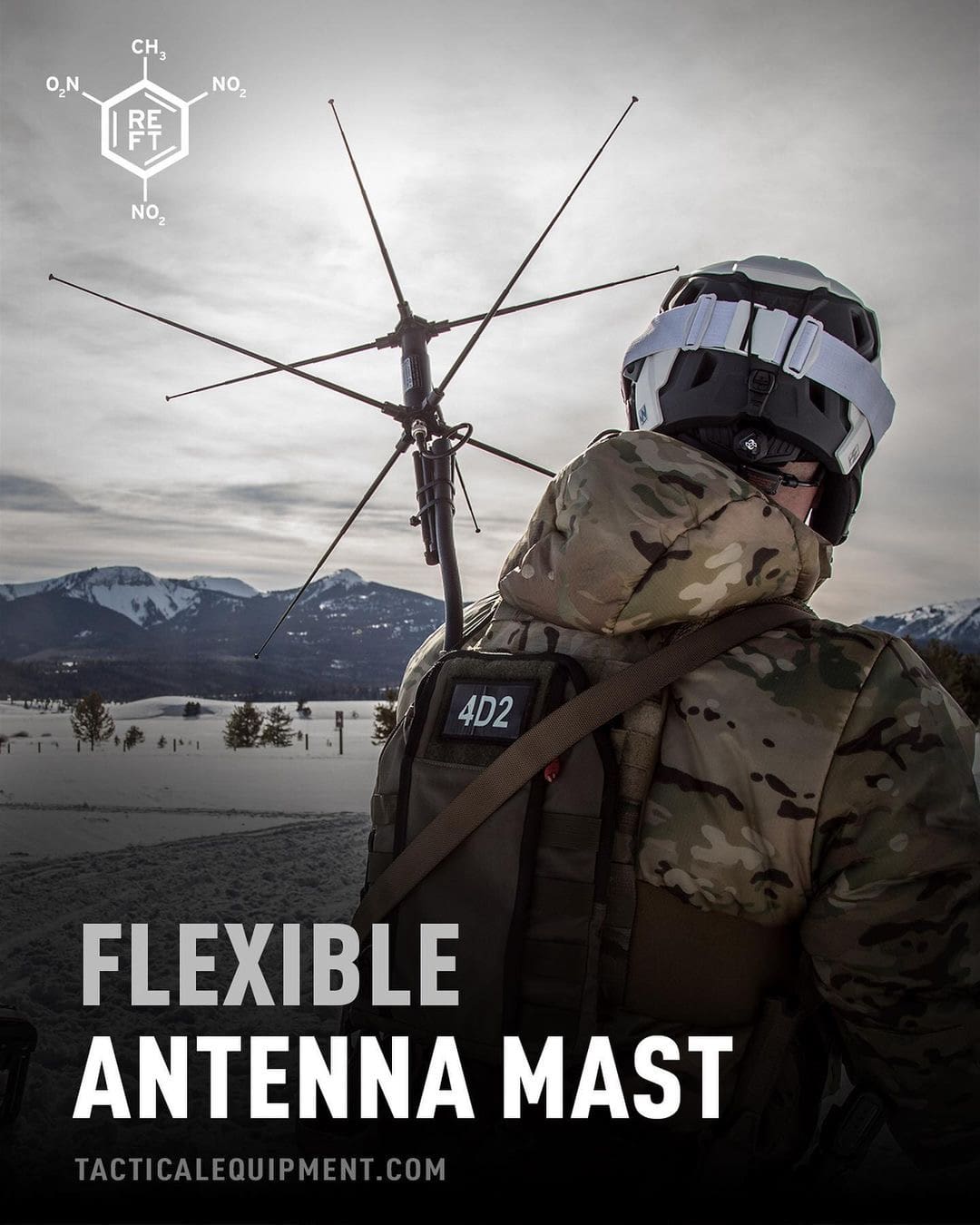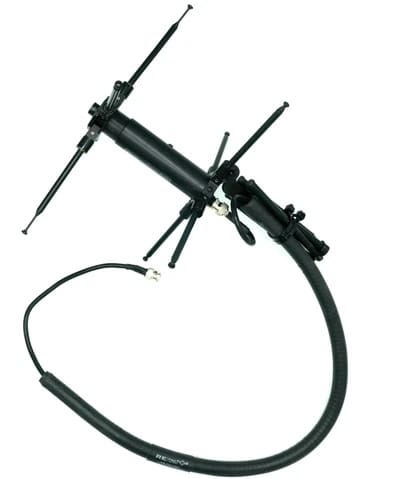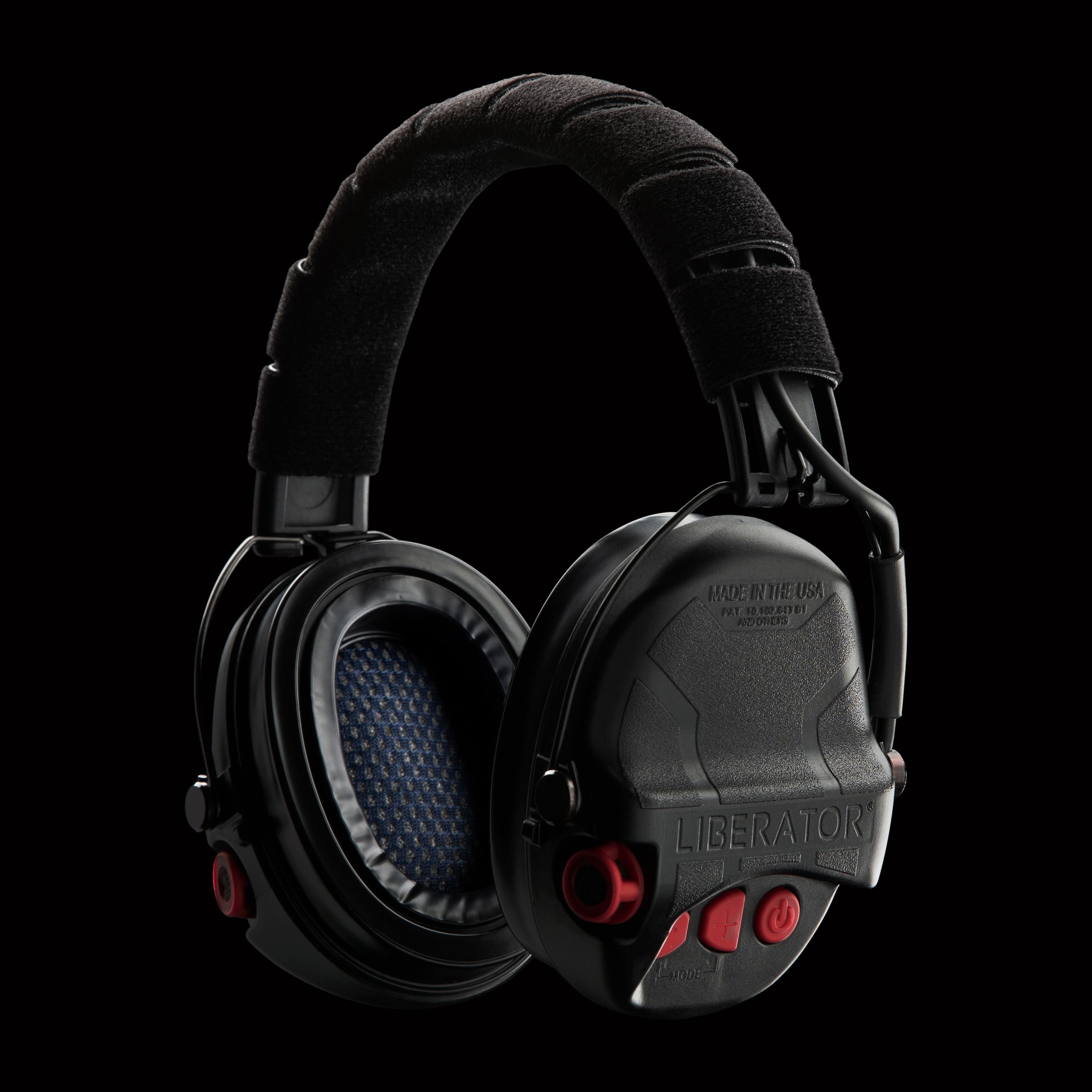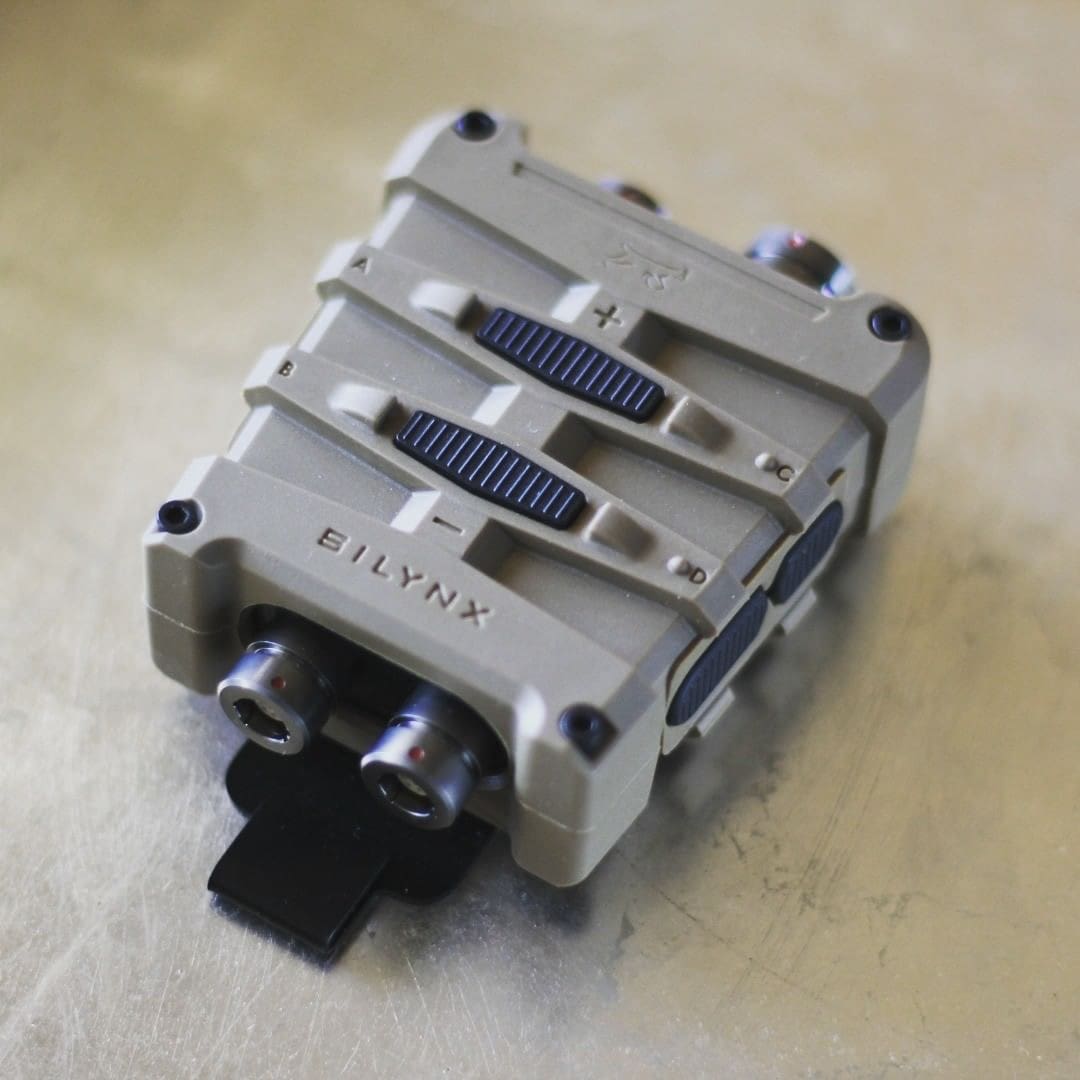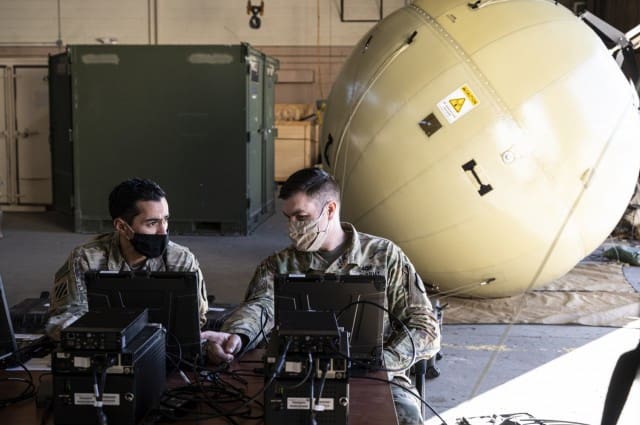The smart multi-radio tactical headset system—the new gold standard for elite military teams
Irvine, CA — January 25, 2021 — Silynx Communications is excited and proud to announce the launch of FORTIS, a smart, modular tactical headset system that offers users the flexibility to utilize almost any headset and communication device to fit most any operating profile. It is the long-awaited successor to Silynx’s flagship C4OPS and is ideal for elite military teams all over the world. Acting as a central communications hub, the ambidextrous Fortis push-to-talk (PTT) control box offers a two-radio solution with an onboard power, and a three-radio/four-channel solution that also offers an in-line battery option. All models include interface ports to connect FORTIS to a variety of headsets from Silynx or other manufacturers – in-ear, over-the-ear, acoustic tubes, music earbuds – as well as to many communications devices, radios, smartphones, intercom systems, and mesh radios via secure onboard metal connectors. Fortis adapts to virtually any operational profile and team preference.
Silynx Communications not only called upon its vast engineering expertise but also its industrial- design experience to create a unique, modern fluted design that is slightly tapered to conform to a user’s grip. And Fortis’ protective outer housing can be easily changed out—an industry first—and fitted with most any custom color, pattern, or team insignia. Or it can be easily changed out in the unlikely event that the housing gets damaged.
Fortis is the most advanced, adaptable communication system on the market. Its durability— including integrated onboard connectors—flexibility, and quality are simply unmatched, and it is water- submersible up to 20 meters. And, when paired with Silynx in-ear earpieces, it also boasts superior hearing protection, both passive and active, to keep users safe.
“FORTIS does have it all. We brought together all our expertise to pack it full of technology that functions effortlessly, dependably, and integrates with most any device and configuration imaginable. We have always stood alone in our attention to function and form. The FORTIS control box has a unique industrial design, which incorporates an industry-first user-changeable external housing. Our customers for Fortis are primarily elite military teams who operate to adjacent commands with multiple radios. We take that responsibility seriously and are proud of what we provide to them. They do the hard, important work.” said Matthew Hemenez, President of Silynx Communications.
Elite Naval Special Warfare Group Takes the First Look
A revered Naval Special Warfare group was first in line to put Fortis to the test. The excellence of their team—and the demands of their operations—are legendary. That said, we know all operations are filled with the high stakes and this made us thankful to be put to the test with their great team. In the coming months, if permitted, we’ll share more of their stories and feedback, so everyone can learn from their initial experiences with Fortis.
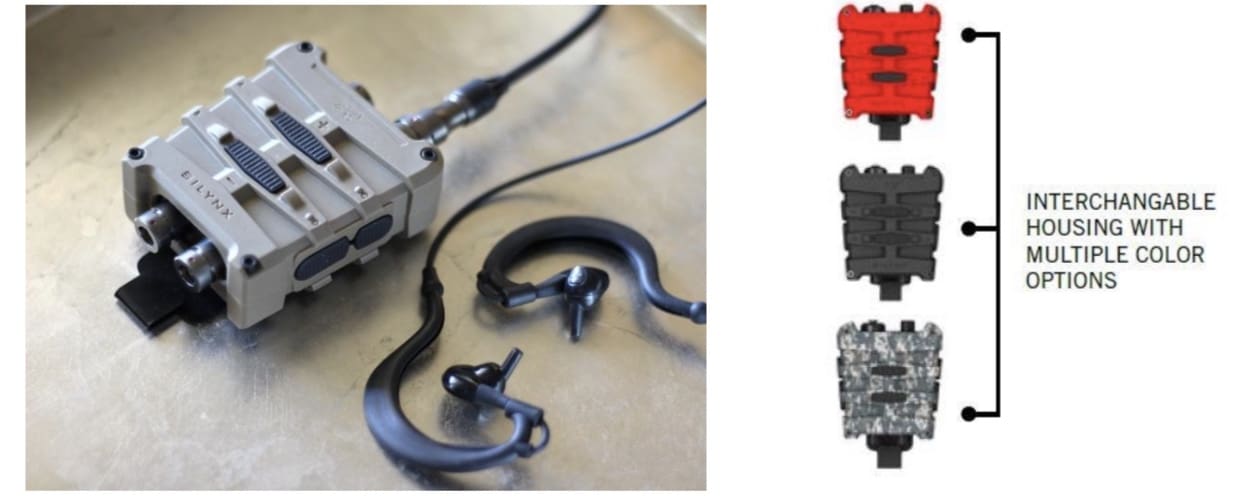
Fortis Availability
Fortis models are now available for Testing & Evaluation (T&E).
Send requests to info@silynxcom.com or visit www.silynxcom.com/product/fortis to learn more.
For more information or interviews, press only, contact:
Theresa Nguyen, Sales Operations Manager, theresa.nguyen@silynxcom.com
